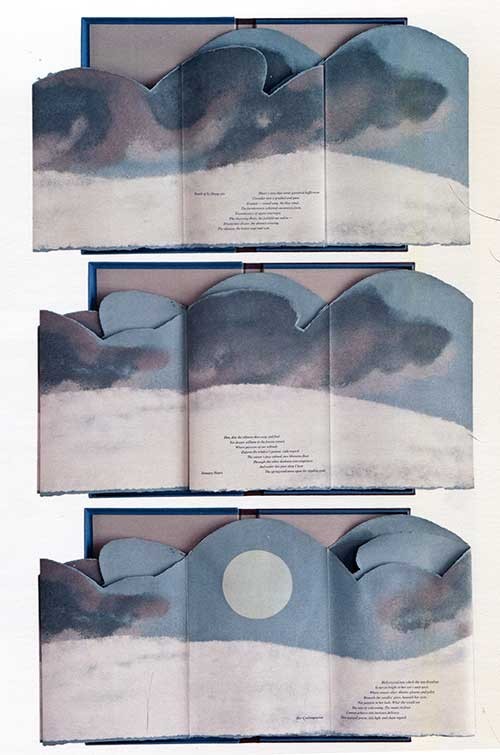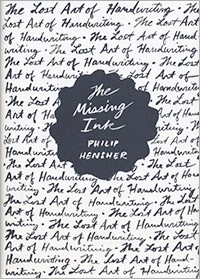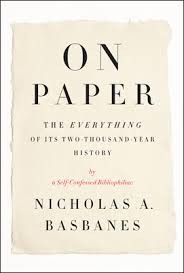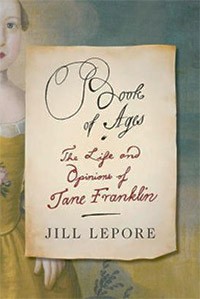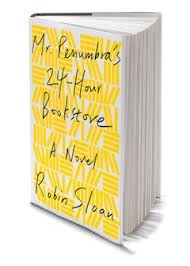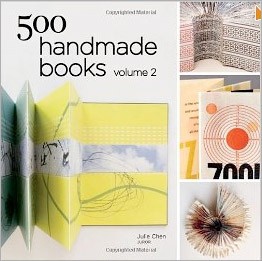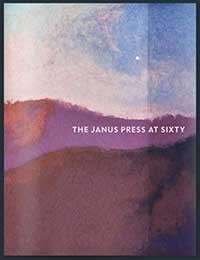 Claire Van Vliet started the Janus Press in 1954 and prints limited editions of (mostly) contemporary poets with original images. One of the first bookmaking classes I took at the book center in San Francisco was with Van Vliet. My book Monet Refuses the Operation uses a structure I learned in that class. My books To a Friend Going Blind and Persimmons use a binding method I found in Van Vliet’s book Woven and Interlocking Book Structures
Claire Van Vliet started the Janus Press in 1954 and prints limited editions of (mostly) contemporary poets with original images. One of the first bookmaking classes I took at the book center in San Francisco was with Van Vliet. My book Monet Refuses the Operation uses a structure I learned in that class. My books To a Friend Going Blind and Persimmons use a binding method I found in Van Vliet’s book Woven and Interlocking Book Structures
I picked up a copy of a new picture book about Van Vliet’s books, “The Janus Press at Sixty,” at Codex. It’s the exhibition catalog for the current show at the San Francisco Center for the Book and includes images of the 36 books in the exhibition (six from each of the six decades). What’s great about this book, and unlike the recent trend in collections like 500 Handmade Books, is there are multiple pictures of each book, including spreads that can be read so the viewer gets a real sense of the book. It’s a wonderful visual tribute to the diversity of the press. You can get the catalog at the front desk at San Francisco Center for the Book or by calling (415) 565-0545.
Below are 2 books that were new to me. Click on the image to see an even bigger one.
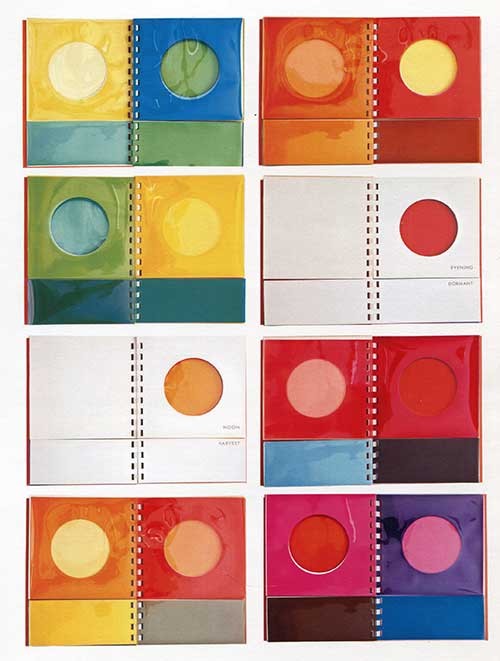
Janus Press, Sun Sky, Earth, 1964

